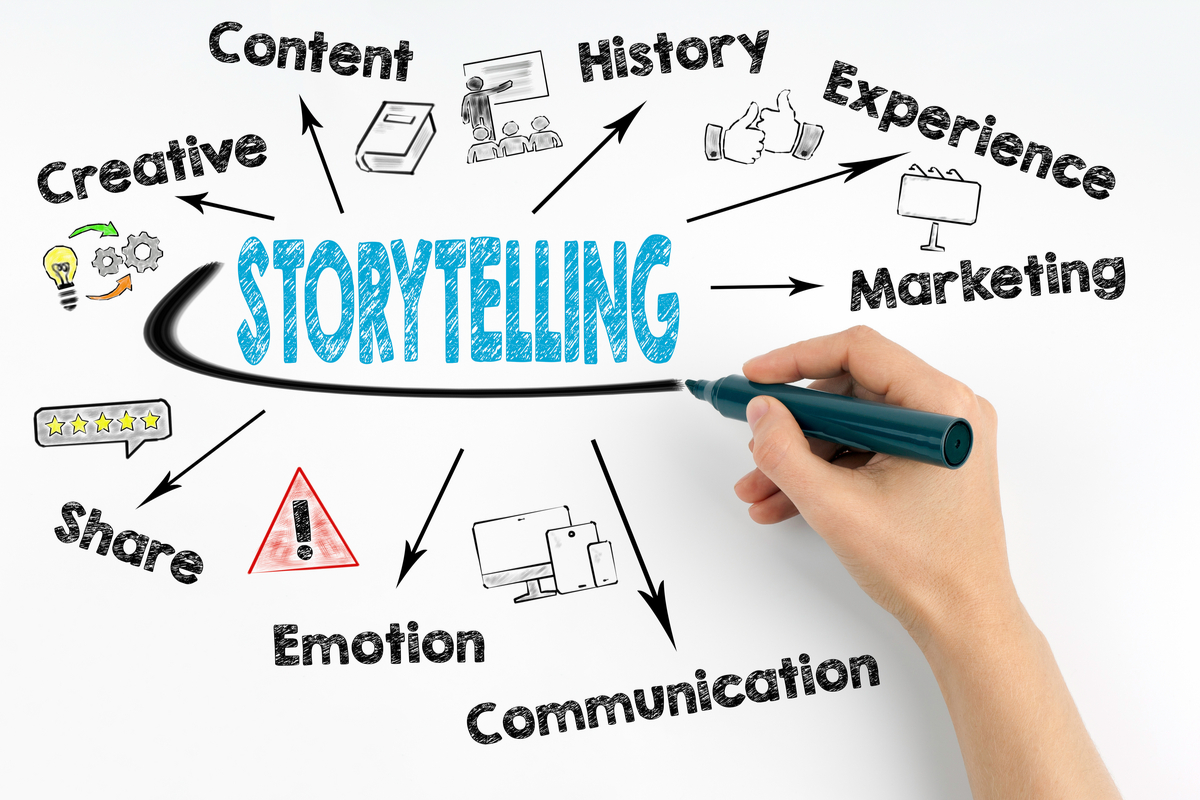
FAQ About Storytelling
Storytelling
2 years ago | gizem
What are some effective techniques for world-building in storytelling?
World-building is the process of creating a rich and immersive fictional world for your story to unfold in. It involves developing everything from the setting and culture to the history and rules of the world. Here are some effective techniques for world-building:
- Start with the Basics: Begin by establishing the fundamental elements of your world, such as its physical geography, climate, and major landmarks.
- Create a Map: Visualize your world by drawing a map. This helps you keep track of locations and their relationships to each other.
- Develop History: Design a backstory for your world. Consider its creation myths, historical events, and how they shaped the current state of affairs.
- Culture and Society: Create distinct cultures, societies, and civilizations within your world. Consider their beliefs, values, traditions, and social hierarchies.
- Magic and Technology: Determine the level of technology and the presence of magic or supernatural elements in your world. Define their rules and limitations.
- Create Languages: If relevant, develop languages spoken in your world. You can even create basic vocabulary or phrases for authenticity.
- Religion and Beliefs: Craft religions, spiritual practices, and belief systems that influence characters' motivations and interactions.
- Economy and Trade: Explore economic systems, currencies, trade routes, and resources that impact the world's politics and societies.
- Rules of Nature: Establish the laws of physics, biology, and any supernatural rules that govern your world. Consistency is key.
- Politics and Power: Design political structures, governments, factions, and conflicts that drive the narrative forward.
- Characters' Backgrounds: Relate characters' backgrounds to the world-building. Their experiences are shaped by the world they live in.
- Show, Don't Tell: Reveal aspects of your world naturally through characters' actions, interactions, and observations, rather than through direct exposition.
- Use Symbolism: Introduce symbols, rituals, or recurring motifs that add depth and layers of meaning to your world.
- Contrast and Diversity: Create diverse environments, cultures, and regions within your world to avoid monotony and enrich the narrative.
- Travel and Exploration: Use characters' journeys and explorations to reveal different aspects of your world, creating a sense of discovery.
- Include Minor Details: Small details, like food, clothing, architecture, and daily routines, can make your world feel more authentic.
- Research and Inspiration: Draw inspiration from real-world cultures, historical periods, and mythology to add depth to your world.
- Consistency: Maintain consistency in your world-building details. Readers appreciate a coherent and believable world.
- Beta Reader Feedback: Share your world-building details with beta readers to ensure that the world comes across clearly and is engaging.
- Reveal Gradually: Don't overwhelm readers with too much information at once. Gradually introduce elements as they become relevant to the story.
